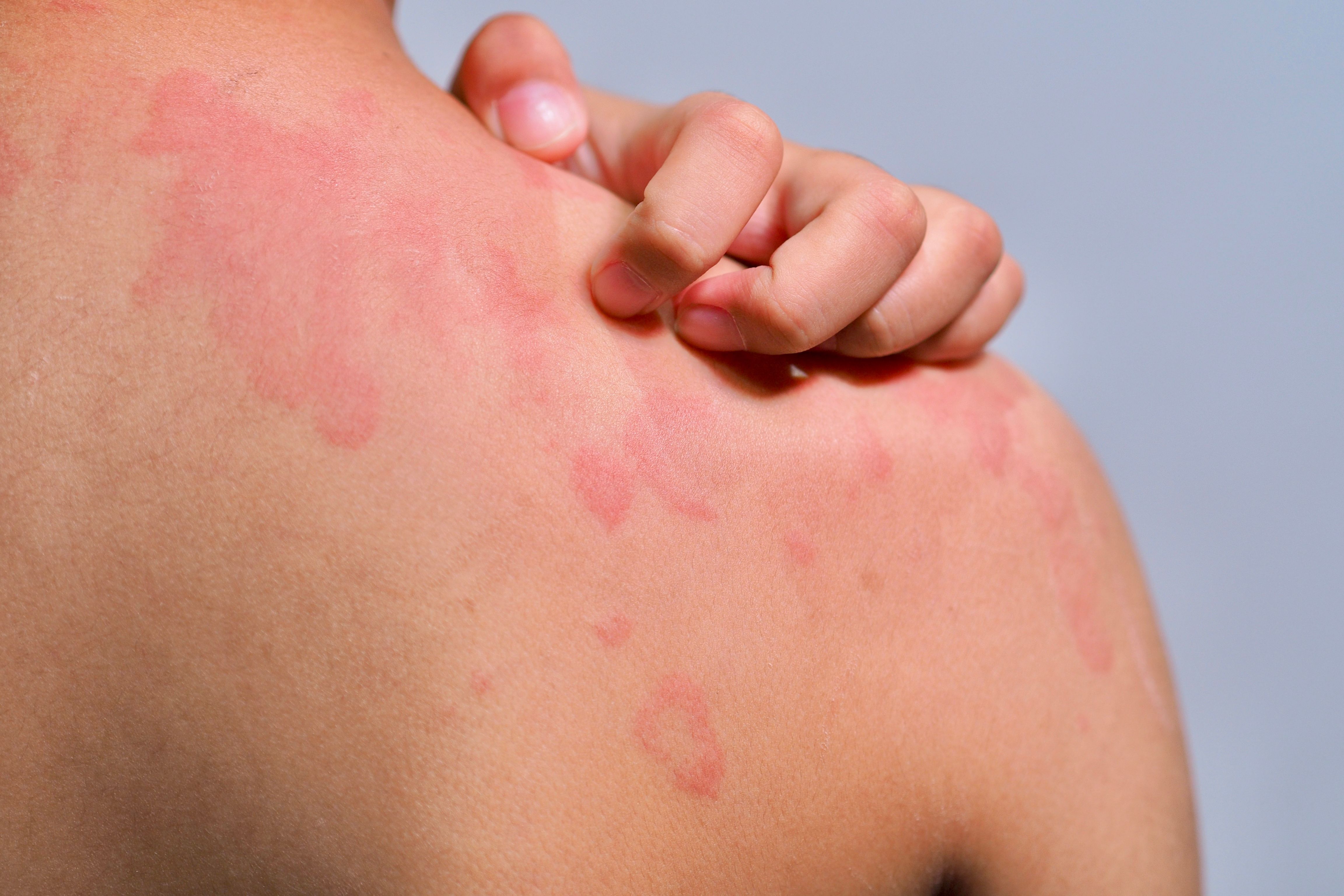Article
Nail Psoriasis Needs Common Diagnosis, Assessment Standards, Review Says
Author(s):
There is a lack of standards for diagnosing and treating nail psoriasis, a situation needing attention because the condition is often a precursor to psoriatic arthritis.
Authors of a literature review on nail psoriasis said attention is needed to the diagnosis and treatment of nail psoriasis because consistent standards are lacking even though the condition is often a precursor to psoriatic arthritis (PsA).
In a study published in The Journal of Rheumatology, findings from 66 articles on systemic therapies for treatment of nail psoriasis in psoriatic disease found several scoring systems in use, including varied subtypes and application of the Nail Psoriasis Severity Index. The authors said the finding highlighted the need for a common clinical measure to allow for comparative studies.
Psoriasis is a chronic inflammatory disease that affects approximately 2%-3% of the population. An estimated 40%-50% of psoriasis patients have psoriatic nail disease, with as many as 90% afflicted by it over their lifetimes. Nail psoriasis is problematic in and of itself because of the severe pain it can cause and its effect on quality of life, with patients often struggling with basic tasks such as putting on shoes or socks and other daily household activities. Many find the condition embarrassing and feel stigmatized for having what is perceived as a disfiguring disease.
Patients with nail psoriasis are almost 3 times as likely to developing PsA than those who do not have it. The authors said advances in diagnostic techniques have led to greater understanding of that link. There is a “mini-enthesis network” where the extensor tendon that crosses the distal interphalangeal (DIP) joint is fused with the nail matrix and nail root. Enthesitis is inflammation where tendons and ligaments meet bones and is one form of PsA.
“This may explain why patients with PsA, who usually present with enthesitis of the DIP joint, also frequently (although not always) present with nail changes characteristic of [nail psoriasis] NP,” the authors wrote.
The fingernail Physician’s Global Assessment is used to assess for nail plate pitting, crumbling, detachment from the nail bed, and/or thickening of the nail bed on a 5-point scale. The Nail Psoriasis Severity Index is the most widely used for scoring nail psoriasis in clinical trials, dividing each nail into 4 quadrants, with scoring based on presence or absence of psoriatic changes. A modified version of the scale has been created as well; there are also 5 other nail scoring systems. The variability of systems, which generally were meant for use in clinical trials, not daily practice, is problematic, the authors said.
The authors highlighted the need for a common clinical measure as studies proceed. However, longer trials may be necessary to judge them because of the slow growth of nails versus skin.
Given the limited research into nail psoriasis, it can be challenging to determine an appropriate course of treatment, the authors found. Topical therapies have only modest effect. Intralesional injection of corticosteroids or methotrexate directly into the nail matrix can be effective but is painful and time consuming. Oral therapies such as cyclosporine, methotrexate, acitretin (Soriatane), and leflunomide (Arava) have only modest effect and are often considered inappropriate for nail psoriasis.
Biologic and small-molecule therapies approved for treating PsA—including targeted inhibitors of tumor necrosis factor, interleukin (IL)-12/23, IL-17A, IL-23, phosphodiesterase 4, and Janus kinases—are effective for psoriatic skin or joint disease, but there is no specific indication for nail psoriasis and patients may not be able to get insurance to cover the drugs, the authors said.
Reference
Kaeley GS, Eder L, Aydin SZ, et al. Nail psoriasis: diagnosis, assessment, treatment options, and unmet clinical needs. J Rheumatol. 2021;48(3). doi:10.3899/jrheum.201471





